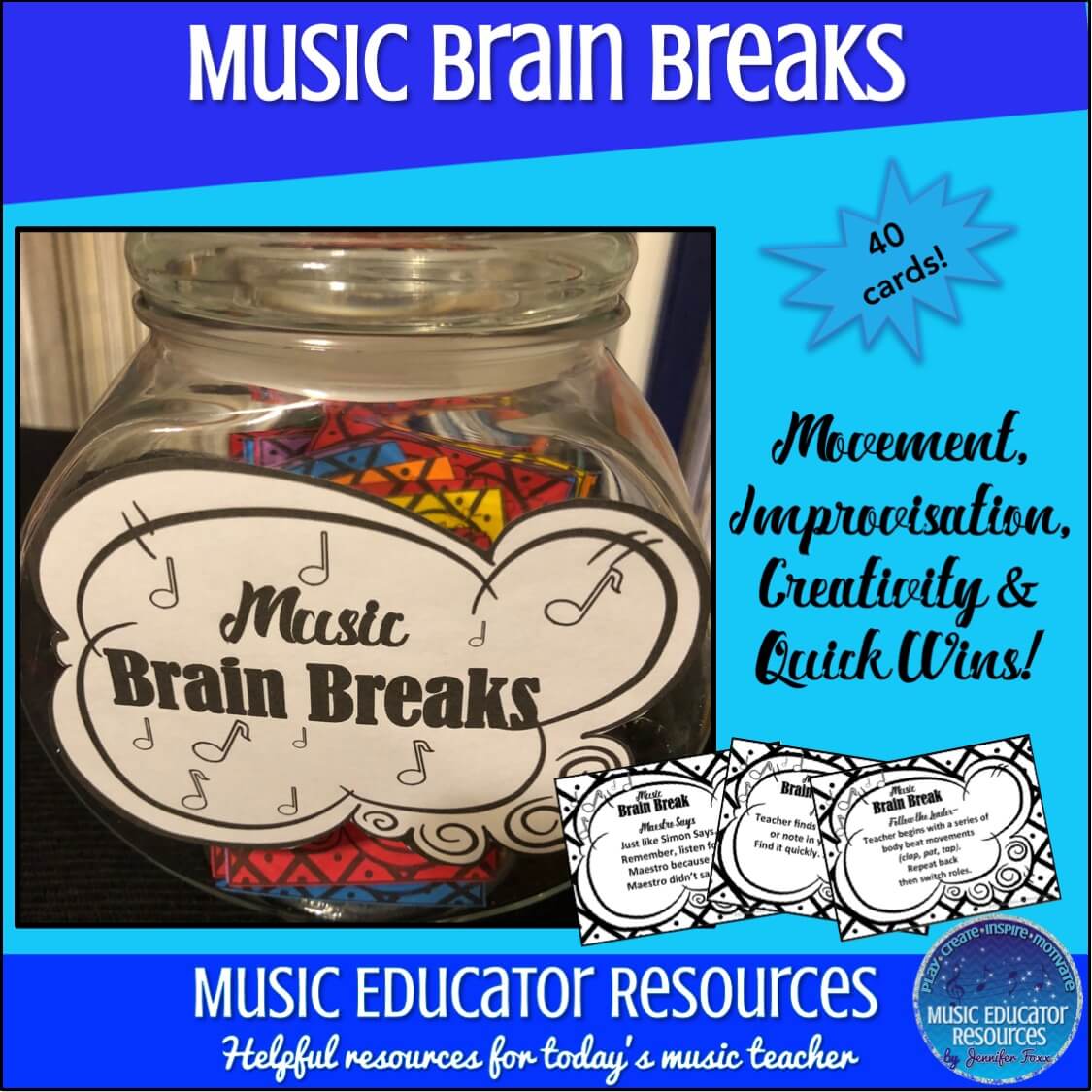
I have heard many times that music is a universal language. I believe that to be true, but I recently had the opportunity to put it to the test. I just spent 10 days in Nepal doing a music camp and teaching English as a second language to moms. Forgive the blurred faces in the cover pic, but I wanted to use actual pictures from the trip. However, I cannot show their faces.

The classes the children could take were: Keyboards, drums, voice, or guitar. As a fun class there were also streamers, billow cloths, Boomwhackers, and sticks.
Children would go to their main focus in the first half of camp and after large group time would go to their second focus class.
In Nepal, children are learning to speak English, but they do not know enough English to be without an interpreter. It was very different to have to stop every few sentences so that the interpreter could repeat what I was teaching.
On Day 1 I thought, “What in the world have we gotten ourselves into?” On Day 2 I thought, “I don’t know that this is going to work.” On Day 3 I decided to have them perform for each other at the end of the day, in hopes that they would catch the vision of the program. This worked. Day 4 and 5 were spent polishing what they had learned. Day 7 we performed for parents.
The long flight home provided time to reflect on what I had learned during this experience. Here are four things that I learned in those 10 days.
- Music truly is a universal language. Once I taught the value of notes and the syllables by which we read them, we didn’t need the interpreter as much. I could teach any rhythm because at that point we were all speaking the same language. In music an E is always an E. On keyboards and guitars you learn to identify the E key or string, but it never changes on the music. Once they learned the key or the string, it was so much easier to communicate with the addition of simple words like “play” or “stop.” They understood what I was asking of them. The drum teachers had so much fun teaching paradiddles. Plus, that is a really fun word to say, which also provided a bit of entertainment.
- Making pitch visual also translates universally. A phrase in the chorus was repeated but the notes were different. The first time was C, E, F. The second time we sang it, it was C, A, G. They were singing the C, A, G both times. I found a poster board and took some “sun” die cuts that I had with me. I placed them on the poster board to represent the phrase in two different measures. Once they could see the difference in what I was asking them to sing, the overall sound/pitch greatly improved.
- Watching the director is also universal. I had to make sure some of my signals were explained by the interpreter at the beginning of the week. One of which is, “Give me your eyes.” I used peepers for this. This provided great fun but was still effective during the program to remind them what I expected of them. When directing, I would motion for everyone to begin singing. They understood this from the beginning and it didn’t need translated. I also had a very large hand clapper from the Dollar Tree that I would use to get everyone’s attention. Once I did this in large group, I gave hand clappers to each teacher and they used them in focus class times. It was an effective communication and saved our voices.
- Rules are needed and boundaries need to be communicated. Children play their instruments the second you give them to them. That happens here in America and on the other side of the world. Children chatter. It is not just an American thing that children start talking the second you stop singing. Nepali children were the same. I told them at one point that they had “Diarrhea of the mouth.” This provided some laughter, but the point was made. They also started to play their instruments the very second we distributed them. Simple boundaries had to be stated, the same as if in America. However, I was a little more lenient with this rule when they entered each day, because they do not have regular access to instruments and were fascinated with them.This experience was a once in a lifetime experience. It was completely invaluable to my teaching skills. I wanted to share it all with you because many of you live in cities where you teach many different children with different nationalities and languages. I hope you will add, in the comments, things you have learned in teaching children of different languages. There is an elementary school in my city that has 38 different languages and nationalities represented. I know there are many cities that have the same diversity in students.My goal is to simply start the conversation so that we can help each other grow.Keep Singing,
Darlene
Music Mom






























